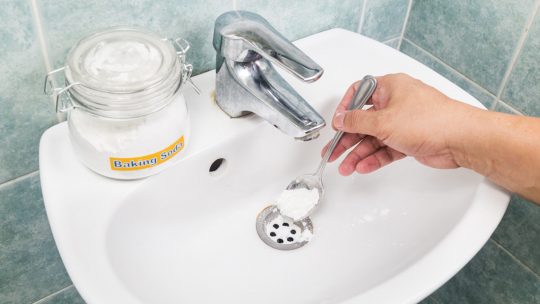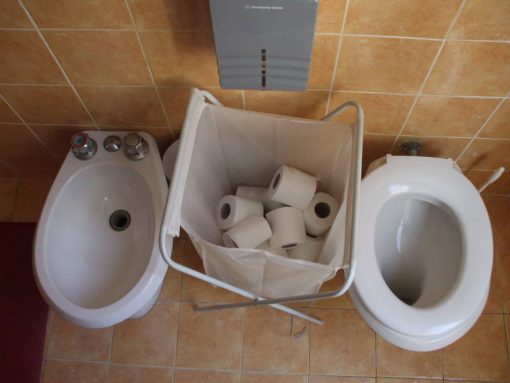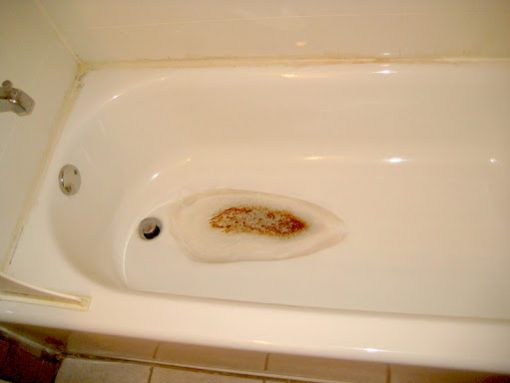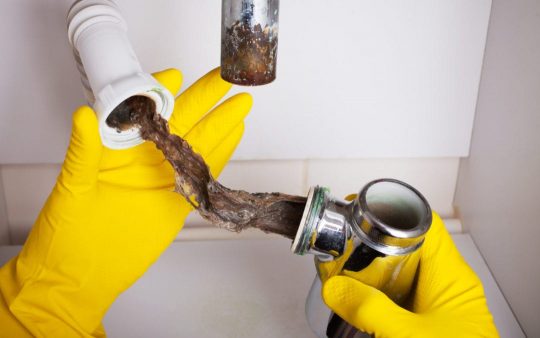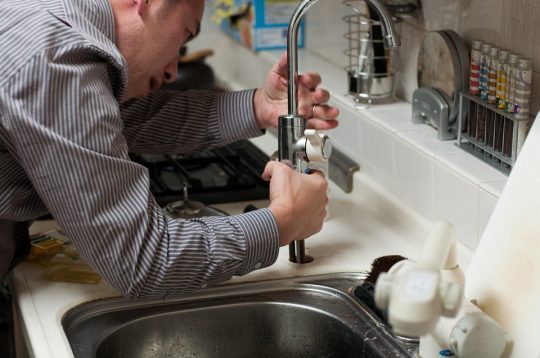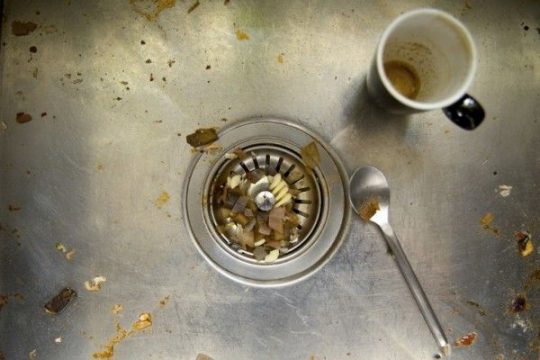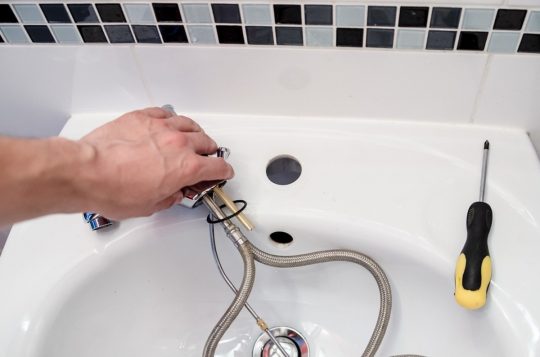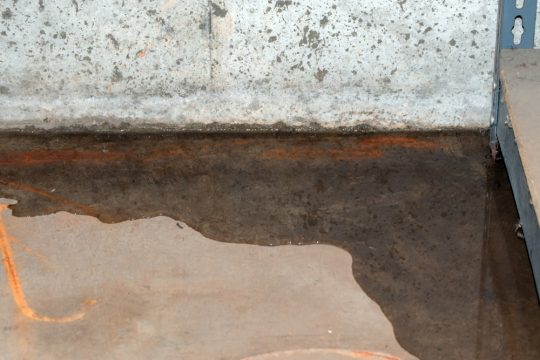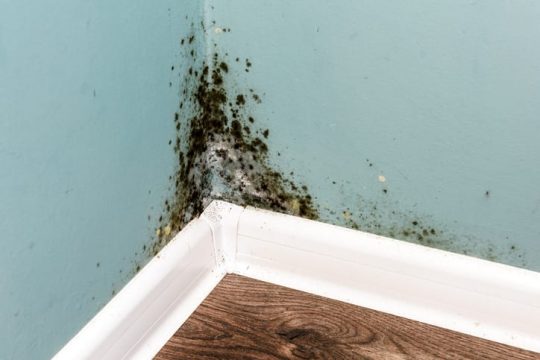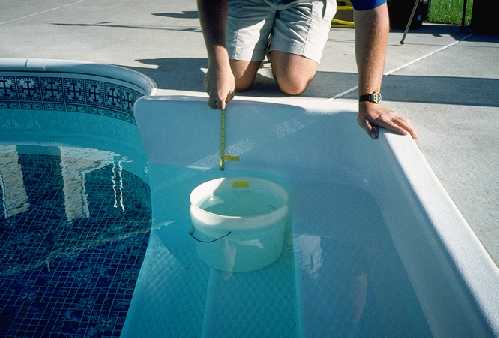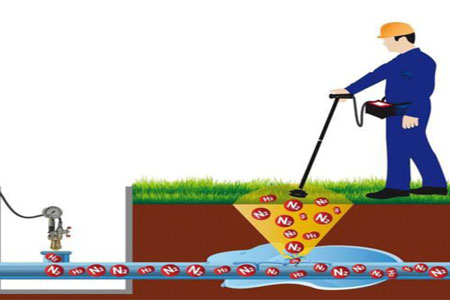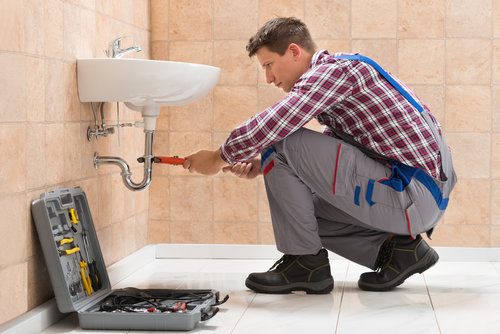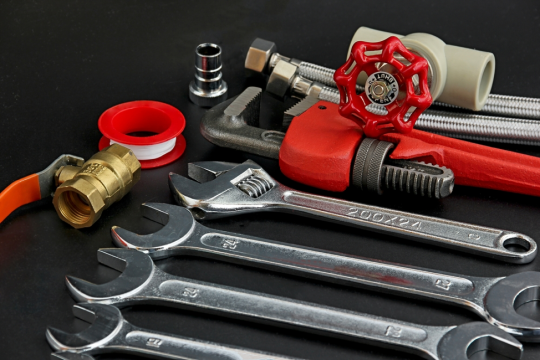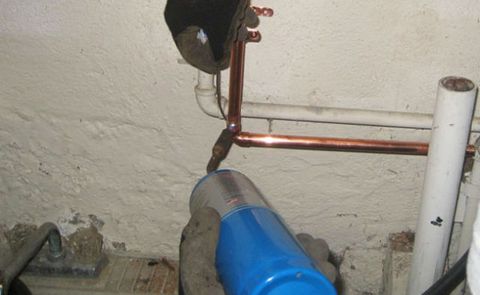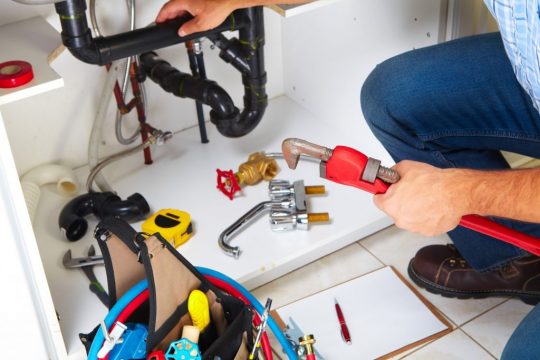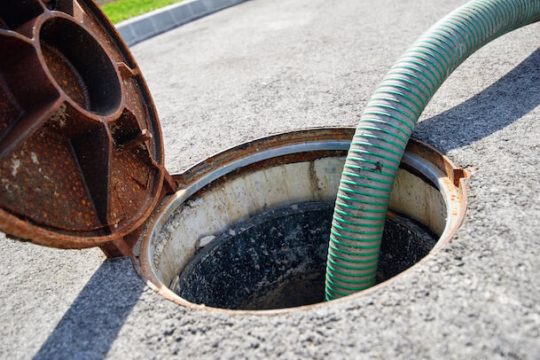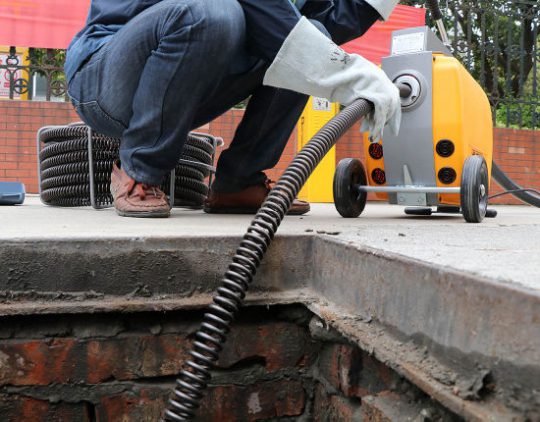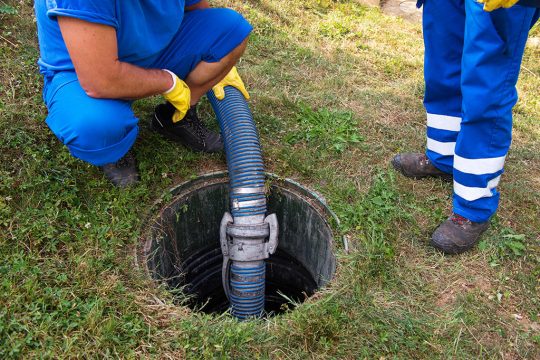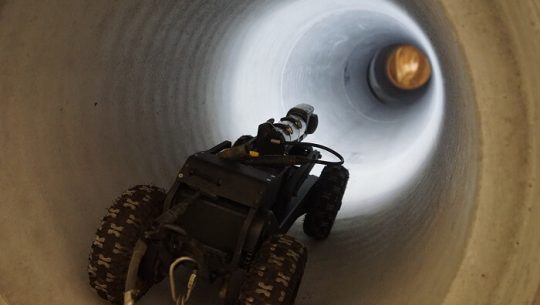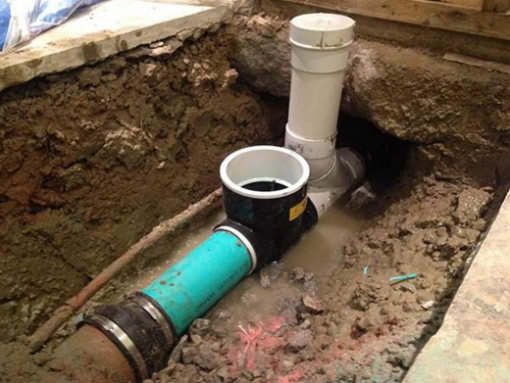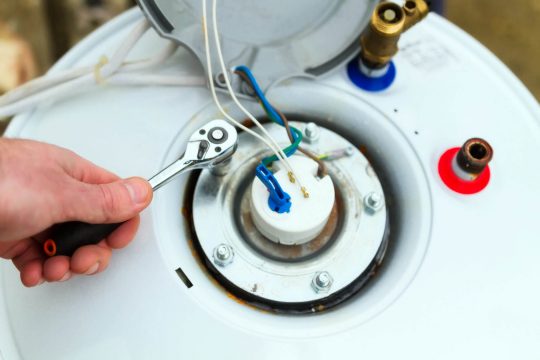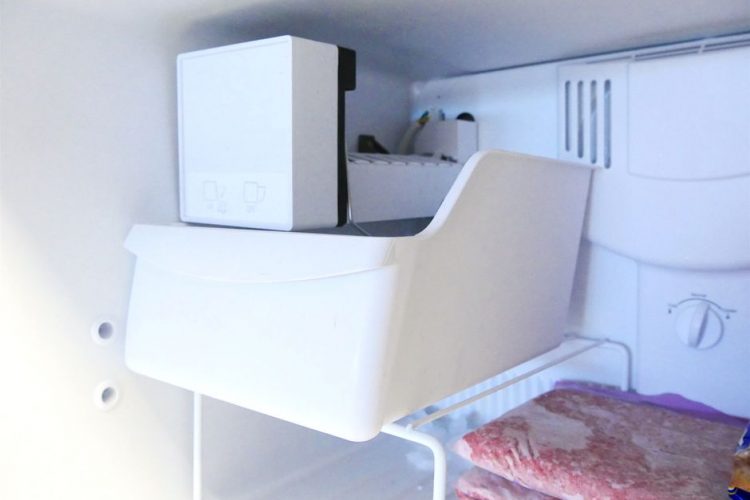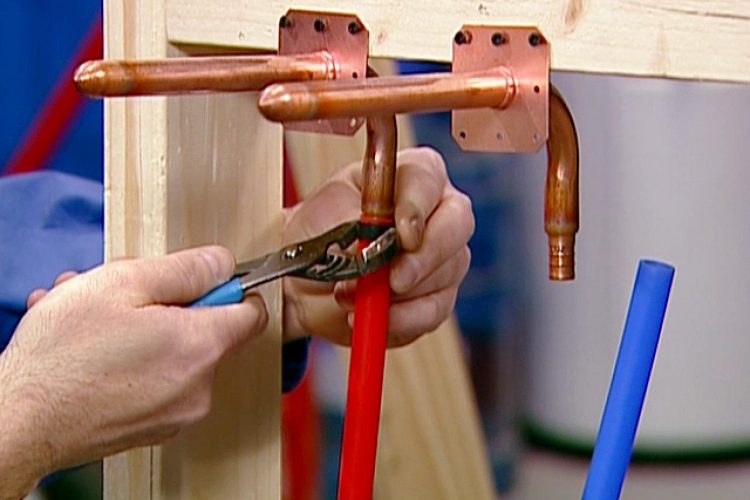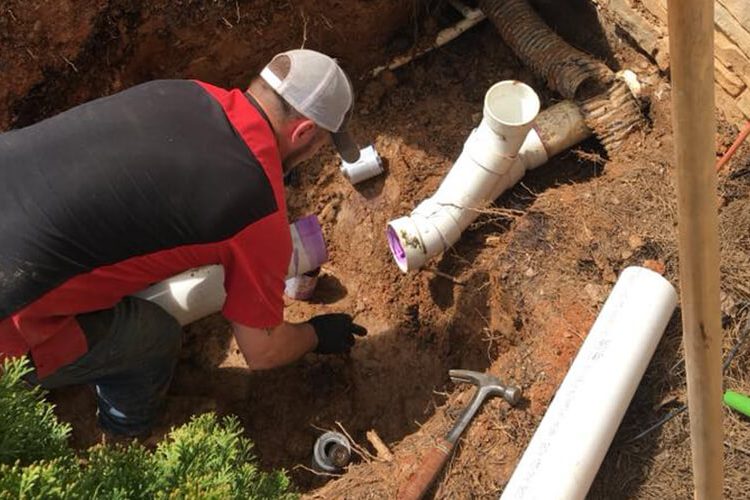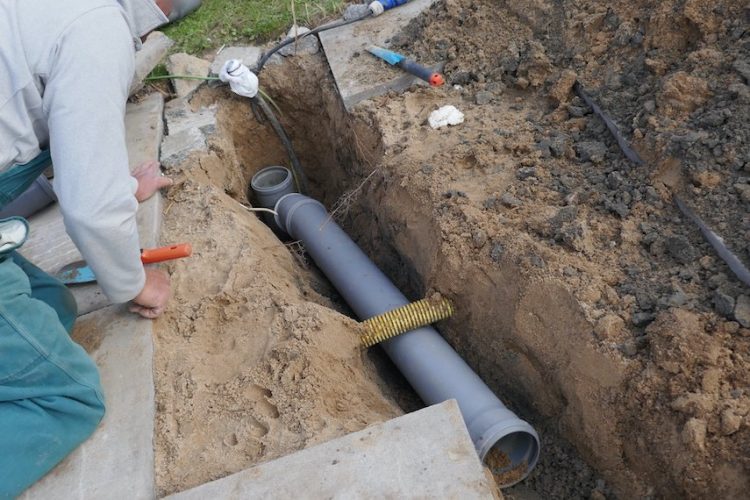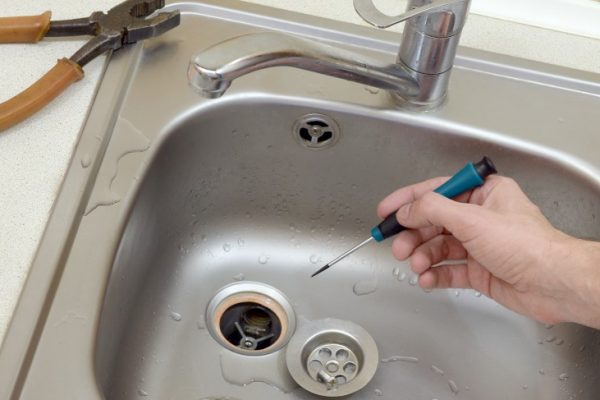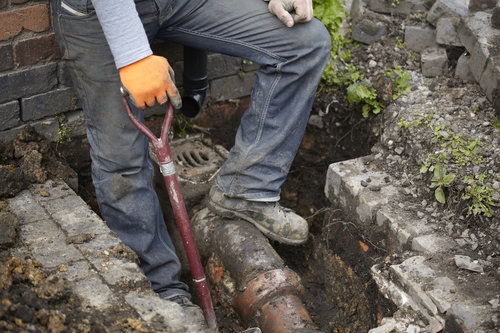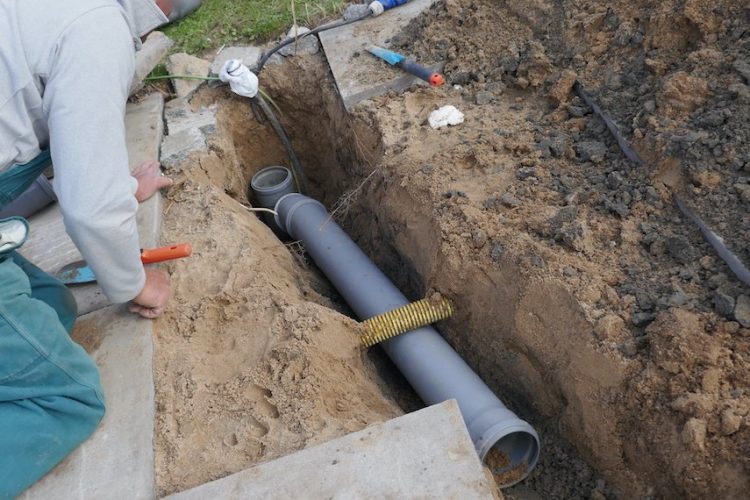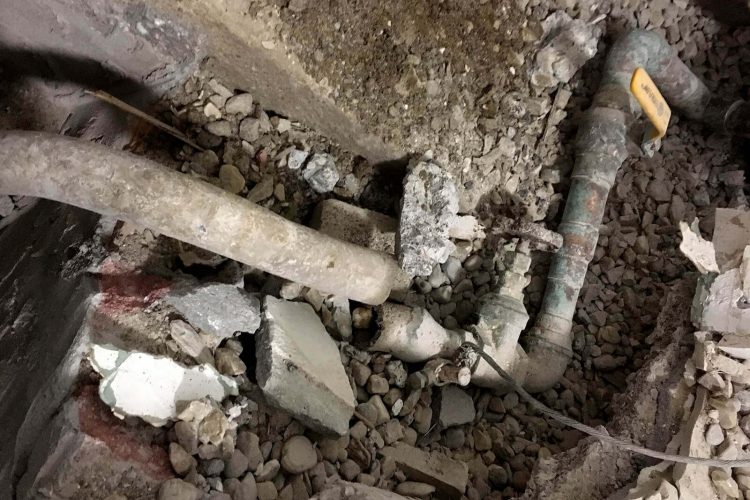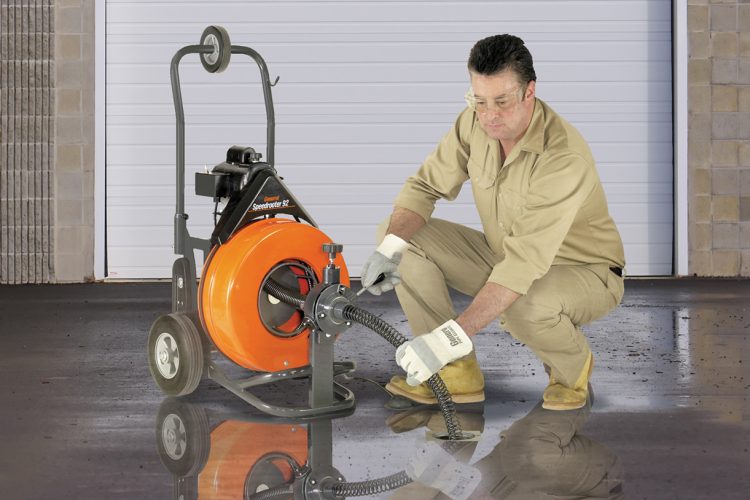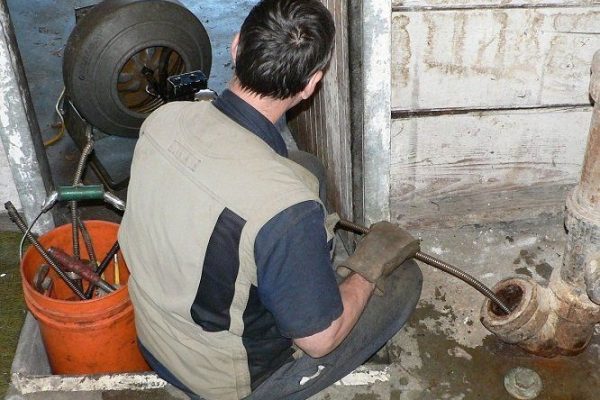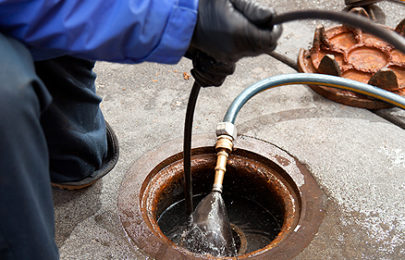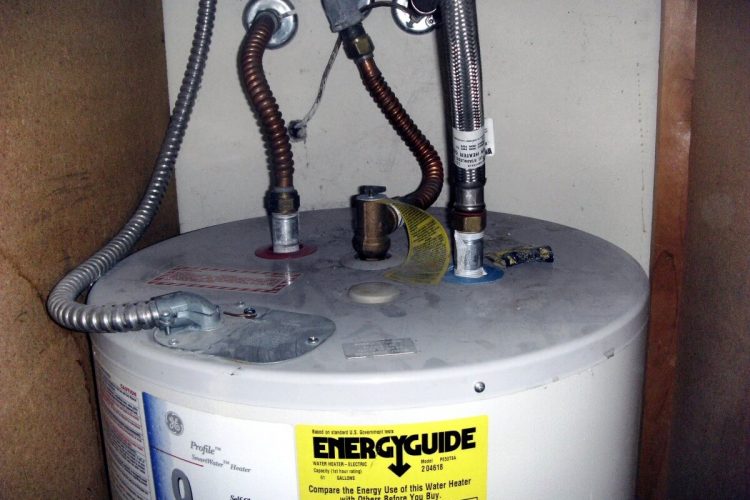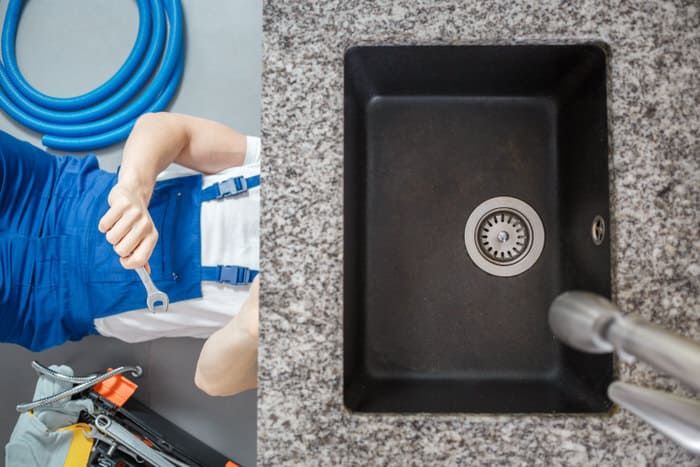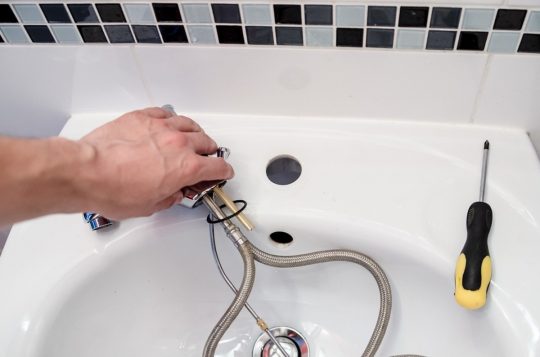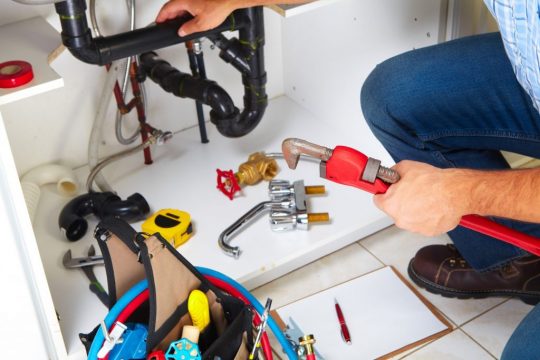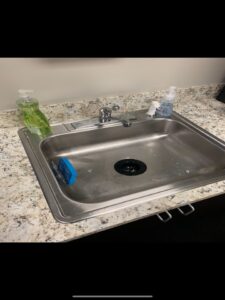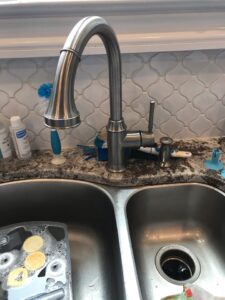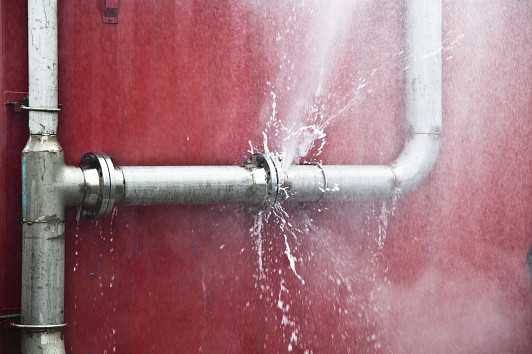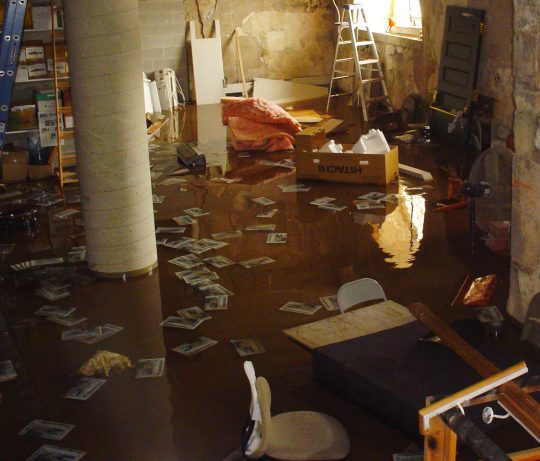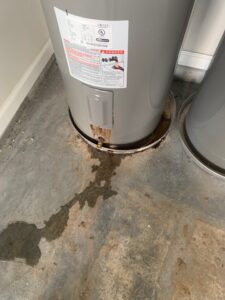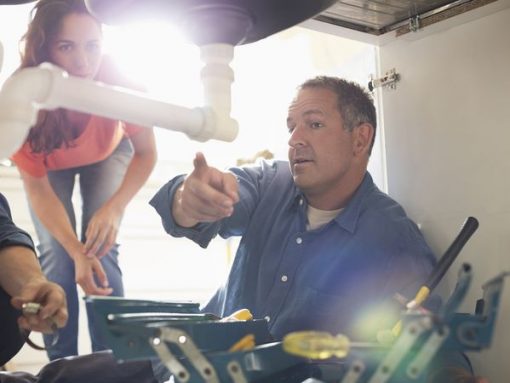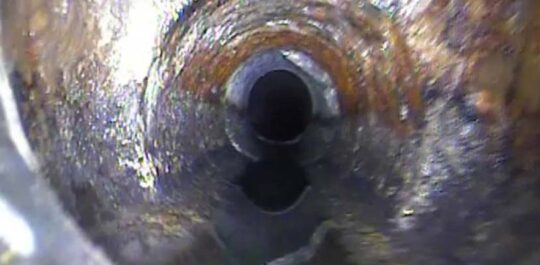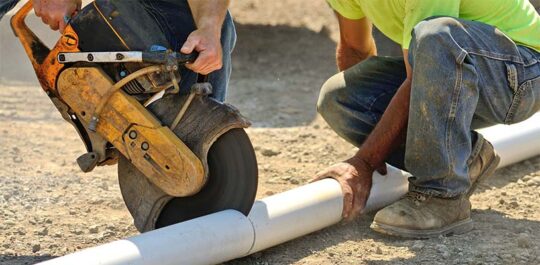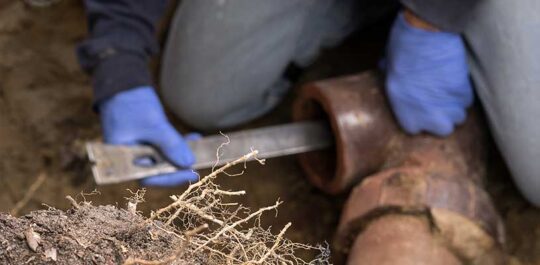What Happens When Tree Roots Get Inside Sewer Lines
It’s something that homeowners rarely have to think about, but when it happens, it causes a ton of problems. We’re talking about when tree roots get inside sewer lines of a home.
Of course, trees make for a great and cozy aesthetic. But these beautiful plants can wreak expensive havoc on your water lines under certain circumstances. Unfortunately, sewer lines contain everything that trees crave for growth: moisture, oxygen, and much-needed nutrients. Tree roots inside of water lines are not as uncommon as you’d think but rest assured that you can take steps to avoid the damage from ever happening in the first place.
Continue reading to learn more about what happens when tree roots make a home in your sewer lines – and what you can do to prevent it from happening to you.
How Do Tree Roots Get Inside Sewer Lines?
Tree roots access sewer lines through small holes in the joints. You might be thinking of big, gnarly tree roots when this subject comes up, but the problem lies in the more insidious and much smaller nutrient-absorbing roots in a tree’s roots system. It’s much more likely that your sewer lines will be choked up by smaller roots (which seek nutrients, oxygen and moisture), rather than by the stabilizing, larger roots of a tree.
How Do Tree Roots Damage Sewer Lines?
When tree roots get inside sewer lines, they can cause a lot of damage over time if left unaddressed. This is because the issue can get so extensive that it causes sewer backup – which is both messy and expensive to repair in many cases. This sewer backup means that waste cannot be effectively carried away. And that means that your toilet is going to eventually become a useless fixture in your bathroom.
Pipes can become broken due to the force that growing tree roots place on the material. When a breakage like this happens, it allows dirt and other organic matter from the outside to get inside of the pipe.
What Should I Do If I Suspect Tree Roots in My Sewer Lines?
You might realize that something is up when you flush your toilet and it begins to make a gurgling sound. This is often a homeowner’s first clue that tree roots are becoming a problem. The best thing that you can do if you suspect tree roots penetrating into your sewer system is to call in the professionals to conduct an inspection.
A plumbing contractor will use a specialized camera to get a look inside of your sewer lines. The camera probe not only allows them to confirm the presence of tree roots, but also to assess the types of roots that are causing the problem. This visual inspection enables plumbers to form the best plan of action to tackle the problem.
Your plumber may suggest one of these methods of addressing the issue:
- Breaking up the roots using high water pressure from a tool like a hydro cutter or a powered auger designed specifically for sewers.
- Killing the roots to prevent further growth. Your plumber may choose to use a specialized herbicide for this purpose, but the results might not be permanent.
- Replacement or repair of the existing sewer pipe. Fortunately, modern technology makes it so that this process doesn’t have to tear up your lawn!
How Can I Prevent Tree Roots from Getting in My Sewer Lines?
It’s best to prevent issues from ever happening in the first place. The best advice that we can give you to prevent tree roots from taking up residence in your sewer lines is to be careful of what and where you plant. Trees should be planted no less than 10 feet away from sewer lines, so you should make sure you know where the lines are (if you haven’t already). Consider planting trees known for having shorter roots systems, like Cypress or Amur Maple.
Avoid planting fast-growing trees with huge roots systems. Some examples of these trees are River Birch, Cottonwood, Aspen and Sycamore trees.
When tree roots get inside sewer lines, it’s fun for nobody. But if you act quickly and call a licensed plumbing contractor to address the problem, you can stave off a lot of damage and expense.

